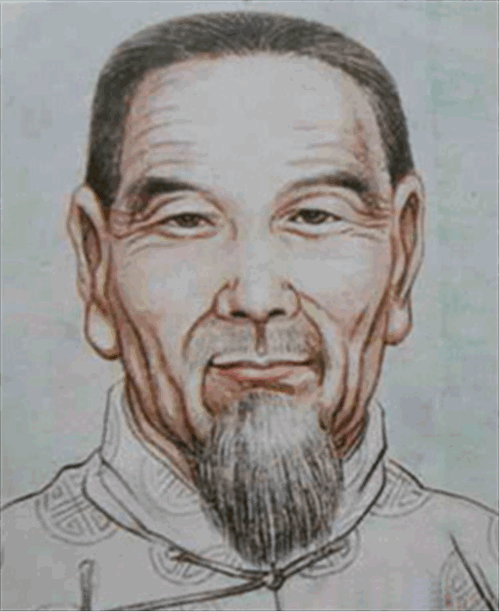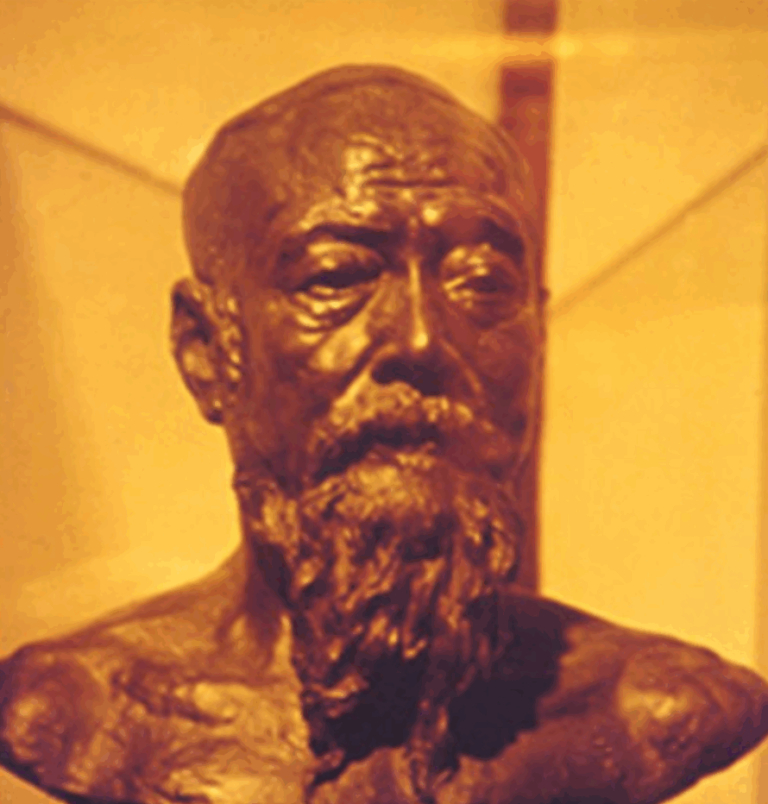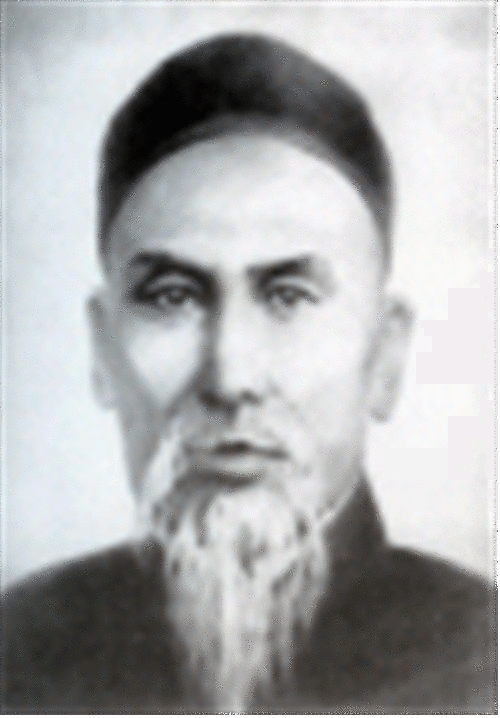A Chronicle of the Life of Wu Yuxiang, Founder of Wu’s Taijiquan
Wu Yuxiang (1812-1880 | Wushu Master, Yongnian County, Hebei Province), whose real name was Wu Heqing, Chinese character Yuxiang, and number Lianquan, was a native of Yongnian County, Hebei Province. He came from a family of scholarly martial arts practitioners, and his two older brothers were both successful in the imperial examinations and served in the imperial court. He was educated in traditional culture from an early age, and was qualified as a township scholar, selected as a provincial scholar (GGS), and included in the list of candidates for education officials.

Around 1850, Yang Lu Chan (1799-1872), a fellow villager from Chenjiagou, Wen County, Henan Province, learnt Chen’s Taijiquan and returned to his hometown. The three Wu brothers sought to learn the basic techniques of the Chen’s traditional routine (Laojia Taijiquan). In 1852, Wu Yuxiang went to Wenxian County, Henan Province, the birthplace of Taijiquan, and learnt Chen’s New Frame II Boxing with Chen Qingping in Zhaobao Town, which lasted for two months. During this period, he was given the ‘Taijiquan Genealogy’ by Wang Zongyue by his elder brother Wu Clarification, and after reading it, he had a breakthrough knowledge of the theory of boxing.
Based on his in-depth study of Chen’s old and new styles, and combining the theoretical essence of the Taijiquan Genealogy with his own practical realisations, Wu Yuxiang innovated and developed a unique technical system:
Movement structure: compact and concise, with a soothing rhythm.
Requirements for body shape: upright and dignified, with flexible footwork.
Internal kung fu: Emphasis on breath conduction and strength transformation.
This system is different from the original Chen’s routine, and also differs significantly from Yang Lu Chan’s style, thus creating an independent school, which was later named ‘Wu’s Taijiquan’.
In terms of martial arts research, Wu Yuxiang established a scientific verification mechanism:
Recruiting local volunteers to conduct practical tests
Establishment of a training log record system
Continuous optimisation of the practicality of each stance
Although Wu’s Taijiquan has reached a high level of technical mastery, only his nephew, Li Jinglun (李經綸), inherited the art in its entirety due to the founder’s dedication to academic research and his strict adherence to his disciples.
Wu Yuxiang left behind a number of theoretical works on martial arts, including:
Explanation of Thirteen Forms, Explanation of Taijiquan, Explanation of Taijiquan Theory.
A Brief Introduction to the Thirteen Styles, The Four Secret Words, The Striking Hands, The Eight Essentials of the Body Technique.
The late martial arts authority Gu Liuxin commented on the characteristics of his writings:
‘The exposition is concise and accurate, avoiding redundant expressions, all originating from the results of practical verification.’





